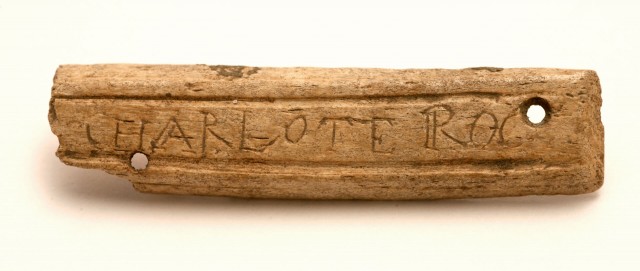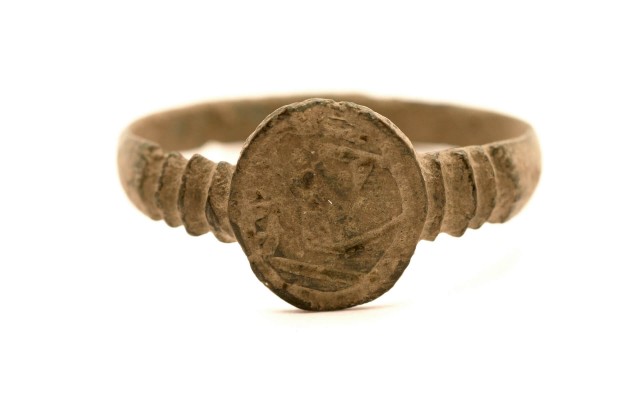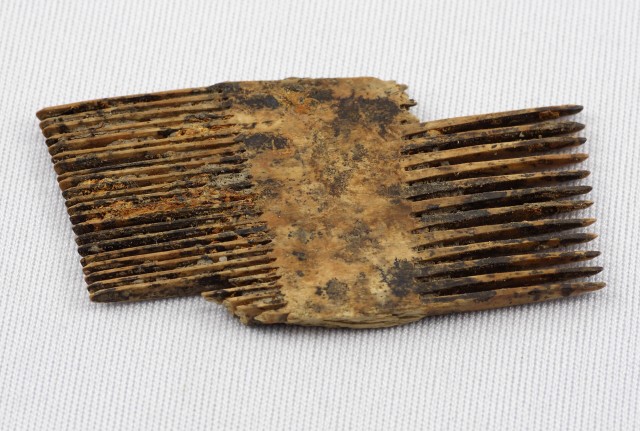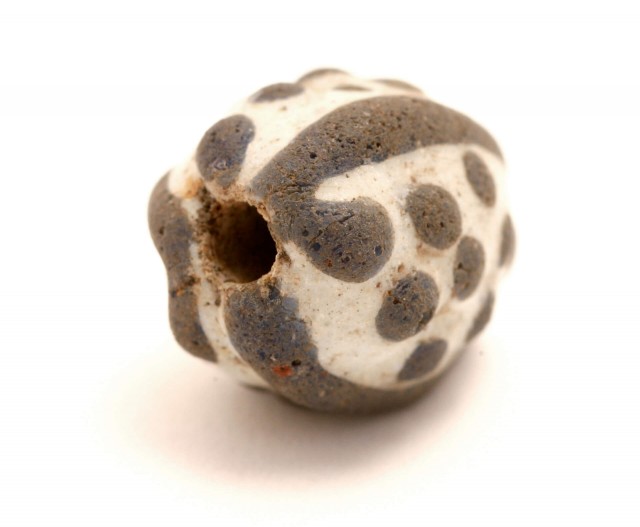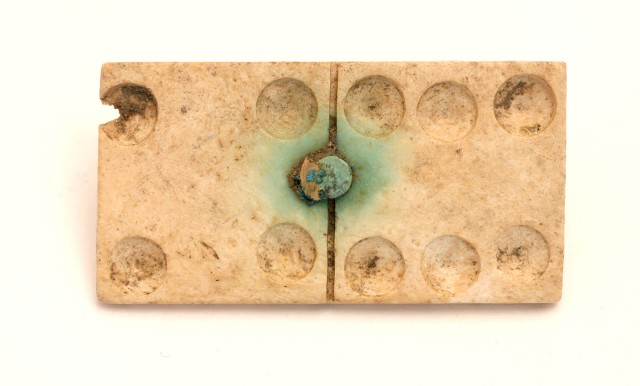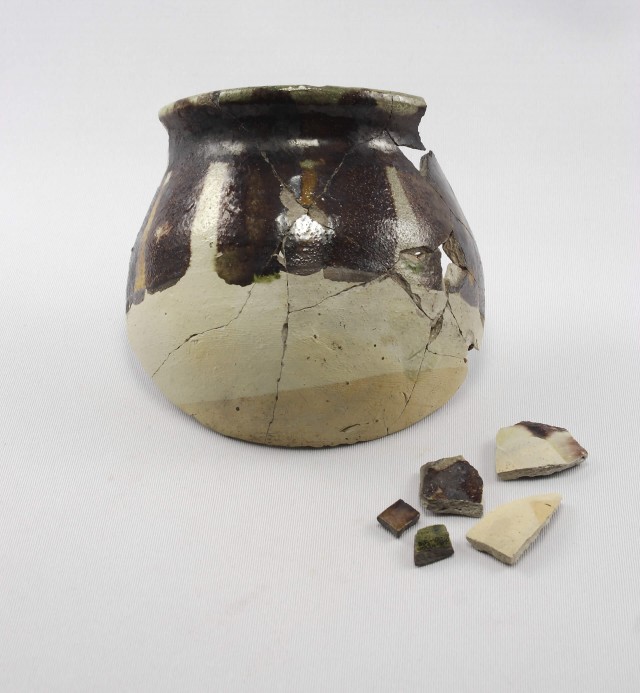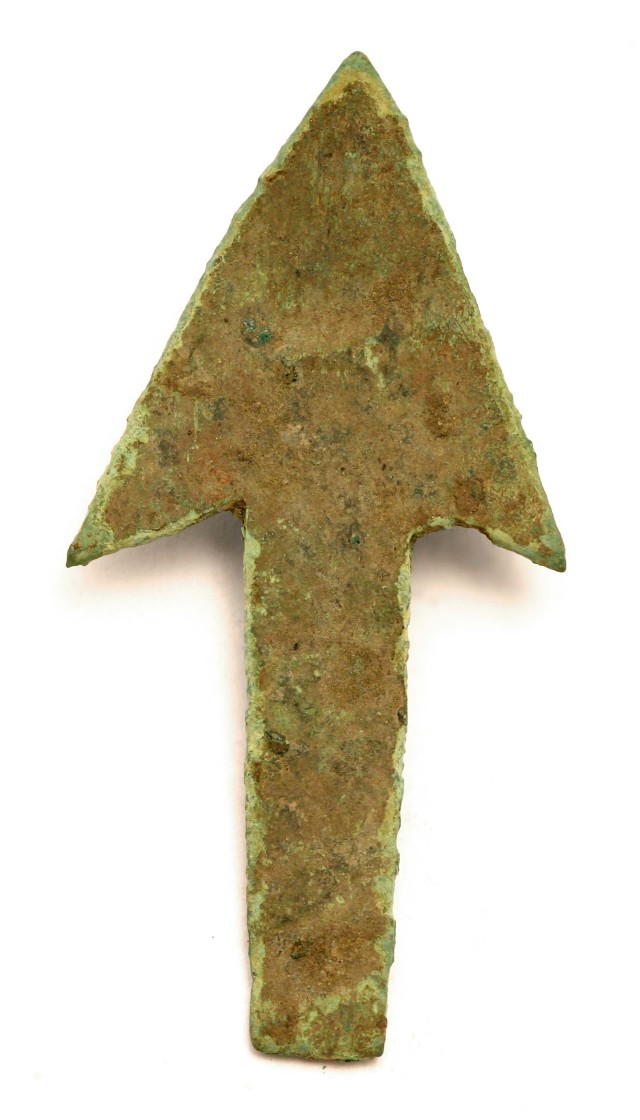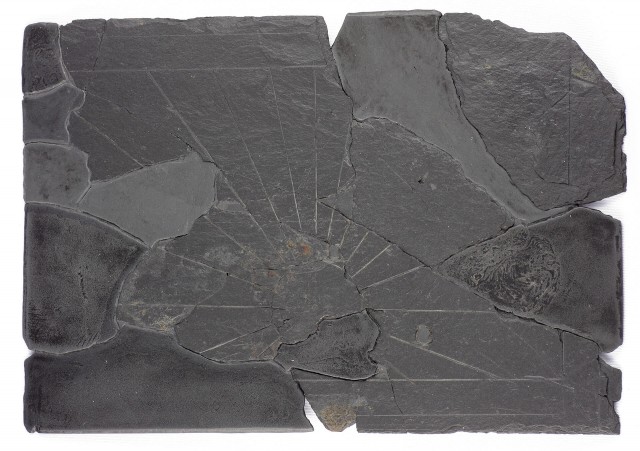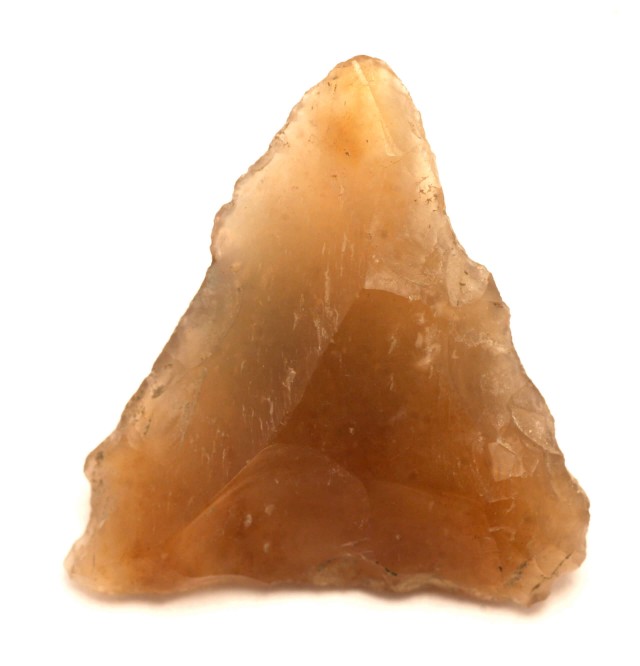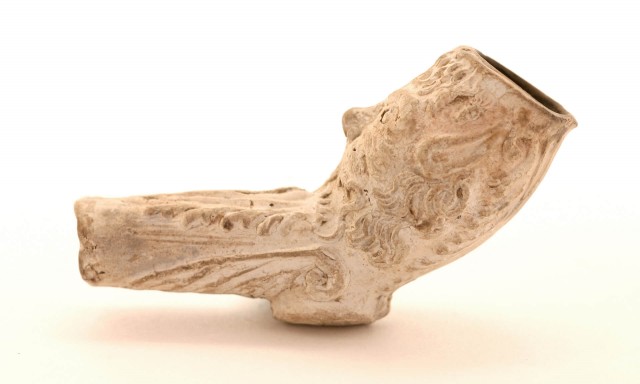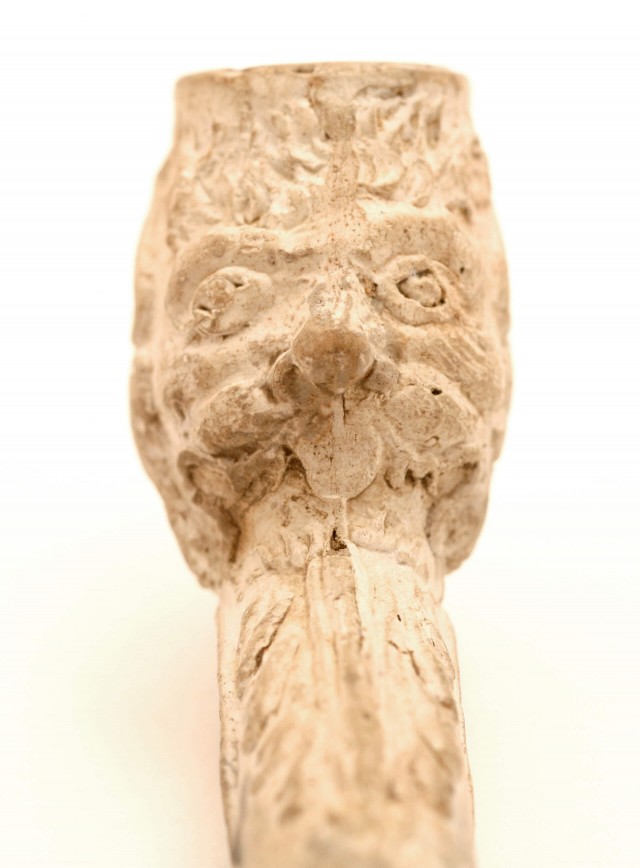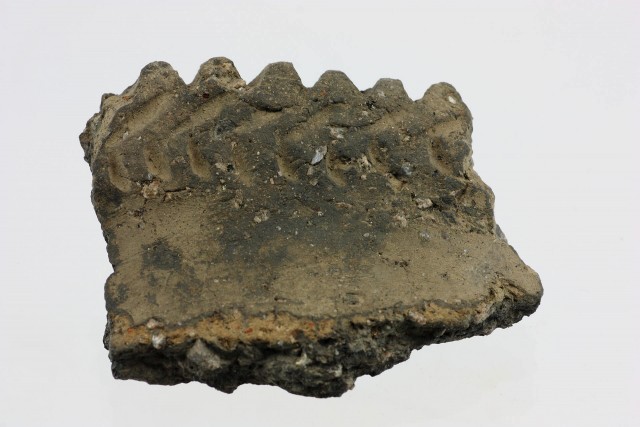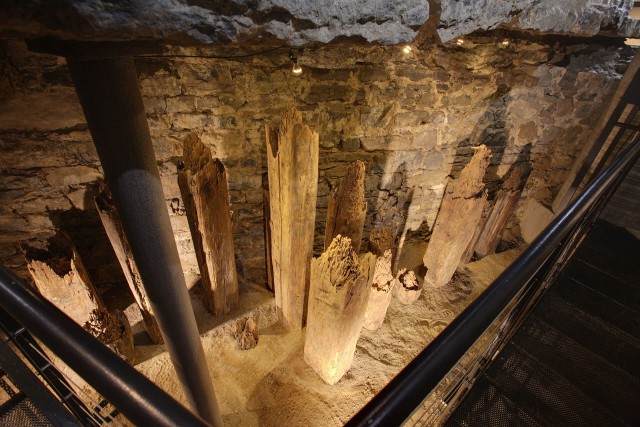Archaeological collections
More than 850,000 artIfacts and biofacts
Thanks to archaeological digs undertaken by the City of Montréal in Old Montréal since the eighties, particularly on the sites that are part of the Pointe-à-Callière Museum today, the Museum has been able to assemble a rich collection that includes several hundred thousand objects and fragments from which the Museum can reconstittue the history of Montréal in its exhibitions.
As a result and over the years, the Museum has taken possession of archaeological collections discovered on digs on our own properties, namely 214 Place D’Youville, the birthplace of Montréal. The objects found there have allowed to document the different periods of occupation of the site, from the Ville-Marie Fort era and the Callière's Residence and subsequent times.
The archaeological reconstituted so far illustrate all the periods of occupation of the area including:
- The Prehistoric Aboriginal period (4,000 years ago up to the arrival of the first Europeans);
- The Aboriginal/European period of the 16th Century;
- The New France period from the 17th Century to the mid 18th Century;
- The British period from the mid 18th Century to the mid 19th Century;
- The contemporary period (North-American, Canadian, Québec from the 19th Century through the 20th Century.
The collections are made up Aboriginal articles, objects exchanged and at treaties, domestic and industrial articles as well as bone fragments, shells and various samples. Fabricated in North America, Europe (France, England, Ireland, Scotland, Germany, Holland, Italy, Spain) and even Asia (China and Japan, and used in Montréal, these objects allow to reconstitute the different aspects of the daily lives of Montréalers through the ages (diet, health, hygiene, transportation, clothing, cults and rituals, games and entertainment, methods of communications, architecture, commerce and more.)
Some parts of the archaeological collections are displayed in rooms in the Museum and particularly in the Crossroads Montréal exhibit located in the ruins. The archaeological collections also include vestiges of furniture from three important Old Montréal buildings: Maison Du-Calvet (460 objects from the 18th and 19th Centuries, Mariners’ House (more than 5,000 artefacts, the majority from the period 1760 to 1780) and, finally, St. Ann’s Market and the United Parliament of Canada with an important collection comprising more than 500,000 artIfacts dating from 1820 to 1900.
